12 Construction Job Site Safety Tips to Keep Your Team Safe

Always wear personal protective equipment (PPE)
Making sure every person is safe on a construction site is very important for the success of the job. One main practice that you should never skip is the consistent use of Personal Protective Equipment (PPE). No matter what work someone does, like using heavy machinery or being around hazardous materials, it is important to use the right safety gear. Hard hats, safety glasses, gloves, ear protection, and steel-toed boots are some common types of PPE. Workers should have these on all the time. Making PPE a priority helps lower the risk of someone getting badly hurt. It also helps create a good and safe team environment. It is smart to use high-quality personal protective equipment, remind people often through training, and always follow safety rules. This can lower the chance of an accident happening. It also helps everyone on the construction site feel safe and get home to their families at the end of the day.
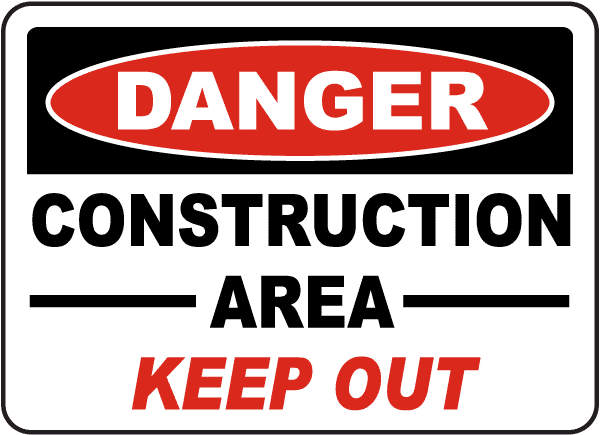
Limit crowd sizes in work areas
Limiting the number of people in work areas is key for keeping construction job sites safe. When there are too many people, accidents and injuries can happen more often. It can also make it hard for team members to talk and work together well. If supervisors set rules about how many people can be in one place at a time, they can help avoid dangers and keep the job site more organized. Making clear rules for how to enter the workspace and rotating shifts helps spread out the workers so areas are not too crowded. Using signs and barriers can show people where they can or cannot go. This helps remind everyone to keep to limits on crowd size. Putting safety first in this way helps protect every worker on the job, and it makes the whole project run better and more smoothly.
Keep work areas clear
Keeping work areas clear is key for job site safety. A messy or packed space can get in the way of getting work done. It can also raise the risk of accidents, injuries, and other potential hazards. If you put a rule in place to always keep the site tidy and well-organized, you can cut down on these risks. Make sure your team always removes debris, tools, power tools, and equipment from walkways and work spots. Make a place for tools and gear, so they do not turn into things people can trip on. Check the site often for anything that could block a path or cause trouble, and fix it right away. A clear path helps the job site run well and it lets emergency people get in fast if they need to. When you focus on keeping things clean and in order, you make the work site safer. This helps everyone get their job done with confidence.
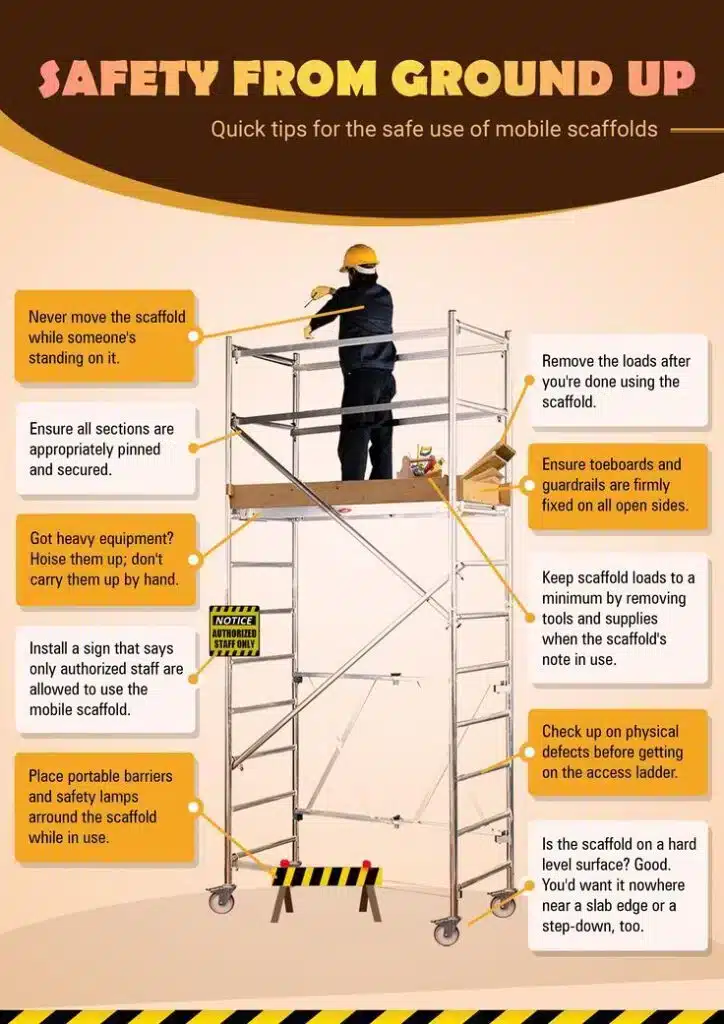
Use best practices for scaffolding work
When you want to keep your construction team safe, you should always follow best practices when working with scaffolding on the job site. Scaffolding is important for many projects because it helps people get to high places and gives support to workers. That is why you need to check the scaffolding before every use. Look at it for any damage or if it seems unstable. Make sure all the parts of the scaffolding are put together in the right way and locked down as the maker says they should be.
It is also key to use fall protection. You can do this by putting in guardrails, using harnesses, and adding toe boards. These things help lower the risk of accidents while working up high. People on the site should also have regular training on scaffolding procedures and safety rules. There needs to be good supervision, too.
If you put safe scaffolding practices first, you help keep your team safe, meet rules on the job site, and help everything keep running well.
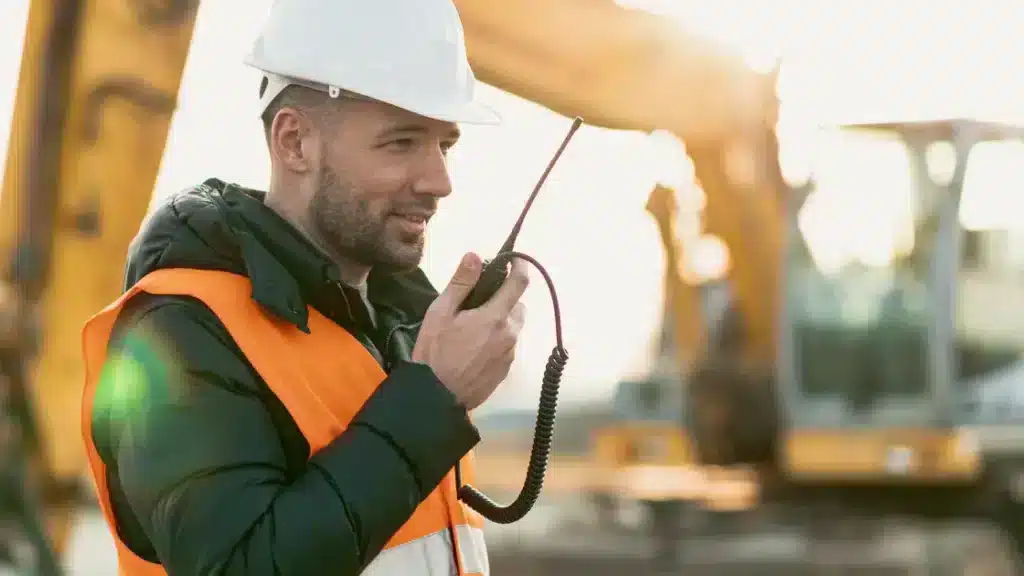
Keep a communication device on hand
Keeping a communication device on hand is not just for extra safety. It is a lifeline on a construction job site. It can be a walkie-talkie, cellphone, or radio. Make sure every member of the team can get to a communication device. This step is very important for job site safety. When there is an emergency, quick and effective talk can make the difference between a small problem and a big disaster. A device helps the team to report any danger, plan tasks, and call for help when they need it.
On big or loud job sites, using clear communication devices helps a lot. They make sure instructions are said the right way. This cuts down the risk of a safety problem because people will hear what to do, and there will be less room for errors or misunderstandings. Making sure that every worker has a way to talk with the rest of the team improves safety. It also brings the team together. With this, everyone feels they can speak up and make safety the number one thing at work.

Make sure to label and properly store all chemicals
Making a construction job site safe means paying close attention, especially when dealing with hazardous materials. A big part of this is making sure that every chemical is labeled the right way. Each one should be marked with its name, warnings about hazards, and clear instructions on how to handle it. These chemicals also need to be kept in special places. It is important that they are not near heat, things that could catch fire, or other materials that do not mix well with them.
Storing chemicals the right way can help lower the chance of spills, leaks, or chemical reactions that could hurt people. Using a color-coded system for labels is a good way to keep things organized and help people find what they need more easily. The storage spots for these materials should be checked often. This is to look for signs such as leaks, containers that are not in good shape, or anything stored the wrong way.
When you focus on the proper labeling and storage of hazardous materials at a job site, you can make things much safer. Doing this can really help keep everyone in a safer work environment.
Create a culture of safety
Safety should be more than just an important factor. It needs to be a key value in the way we do things every day. This begins with effective communication of safety protocols and procedures. It is important that everyone knows these rules and follows them. When people feel free to talk about possible risks and any near misses, the group takes a proactive approach to safety. This kind of open talk helps build a positive safety culture at every job site.
Frequent safety training keeps everyone’s skills fresh and keeps them aware of what can go wrong. It is also key to give workers the right personal protective equipment. Making sure every person uses it makes clear the group’s focus on a safer work environment. If workers feel free to report unsafe conditions or actions, it helps all of us work together to be safe. When safety is seen as core to all that we do, risks go down and people are more likely to have a good year at work. This helps keep everyone protected, no matter what comes up.
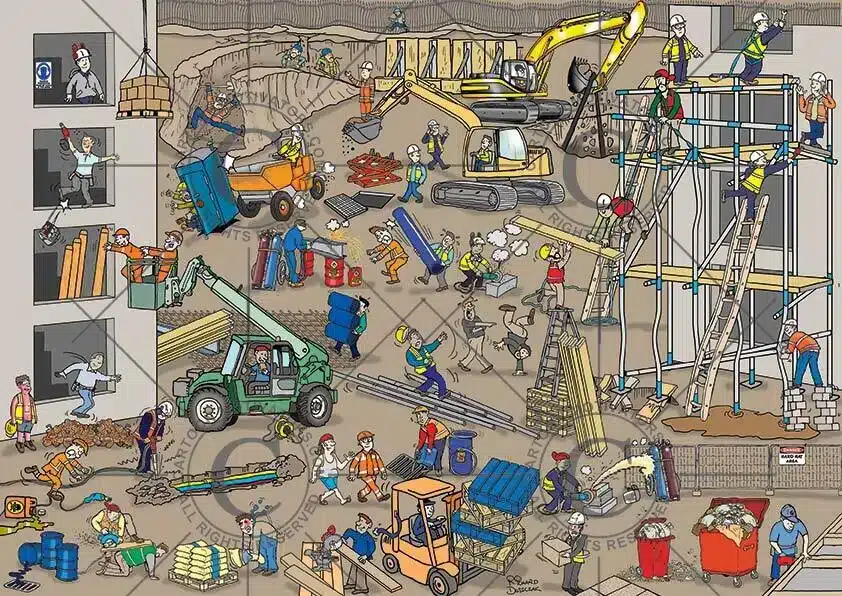
Identify potential hazards
Identifying potential hazards is one of the most important ways to keep people safe on a construction site. Before the work begins, it is good to look at the area so the team can find risks and take steps to avoid them. Some common problems are uneven ground, power lines above, weak buildings, and hazardous materials. Construction workers should check the site often to make sure nothing has changed. It is also helpful for them to let others know if they see anything that could cause harm. When all workers feel free to speak up about safety, it creates a place where people care about each other. It is also a good idea to teach construction workers about how to find risks. This way, everyone knows what to look for before problems happen. The use of things like drones and sensors can help with this job, too. When teams use a proactive approach to look for hazards, construction workers can feel safer and work better together. A safe job site helps everyone and makes the project more likely to be a success.
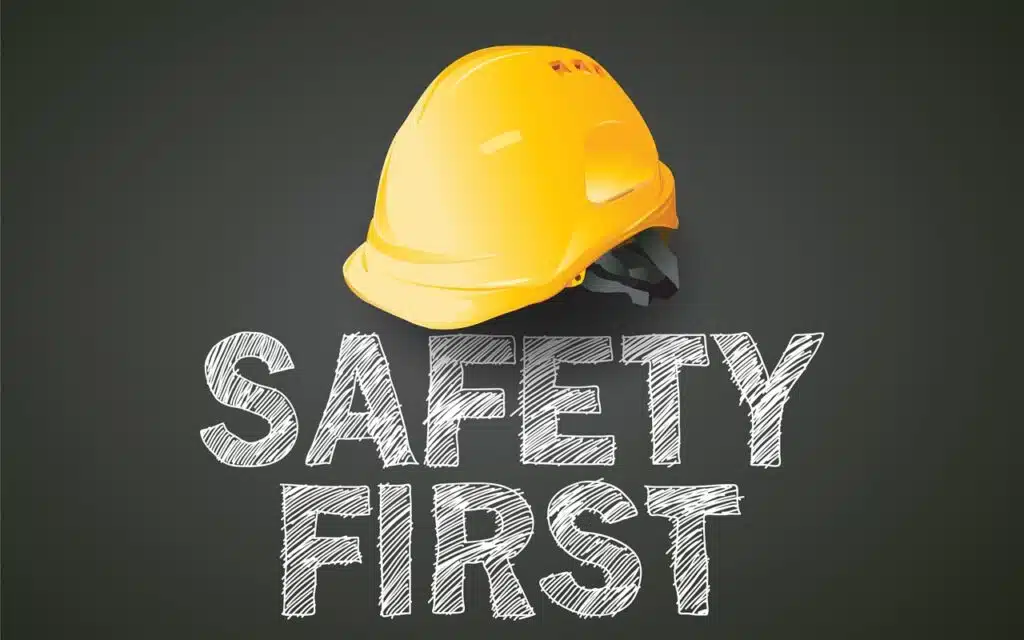
Trust safety managers
One of the most important safety measures is to trust skilled safety managers. These professionals have what it takes to spot potential hazards. They make and use strong safety rules. They also make sure everyone follows the right guidelines. When you trust the safety managers, you do more than hand over tasks. You show you know how vital their skills are for keeping your team safe. Safety managers play a big part in making job sites safe. They help create a place where risks go down, accidents stop, and work gets done better. Their work covers all from showing the right way to work, checking things often, and quickly handling any problems. Listening to their advice proves you put every person’s health and safety first. This adds to a safer and better workplace for all in construction. These safety measures, and focus on occupational safety, help everyone stay safer on the job site by knowing about possible risks before they become bigger problems.
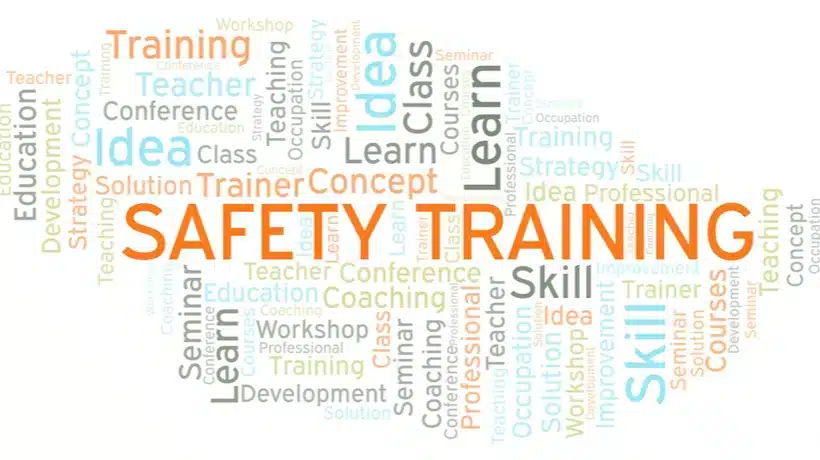
Continue safety training
Safety protocols keep changing, and new dangers can come up, so it’s important to have regular training sessions. These sessions need to cover many things, like basic safety practices, job site hazards, and what to do in an emergency. Refresher courses help everyone remember key safety protocols, so workers stay aware and alert. When you add hands-on demonstrations and practice, it makes safety procedures easier to understand and remember. Letting workers talk openly about their worries or share what they see helps build a safety-conscious culture. You also need to keep up with all the latest best practices and industry regulations. This helps make sure you follow rules and cut down on accidents. When construction teams focus on ongoing training in safety practices, they lower risk, prevent job site accidents, and keep every worker safe.

Be sure to follow any and all safety rules
No matter if you work on a small home job or a big business build, you must follow safety regulations to keep your team safe and lower the risk of accidents. This means you need to use construction safety tips every day. You should always wear PPE, the right personal protective equipment. This includes hard hats, gloves, and safety glasses. You also have to use every tool and machine the right way and follow the steps your job gives you.
It helps to hold regular safety meetings and training sessions. These help remind people why safety rules matter and keep everyone up to date about potential hazards on the site. When you make safety important and make sure your team knows and follows all construction safety rules, you build a place where everyone can feel safe at work. Always use the right personal protective equipment and keep an eye out for new construction safety tips, so you can keep the risk of injury and accidents as low as possible for all people at your site.
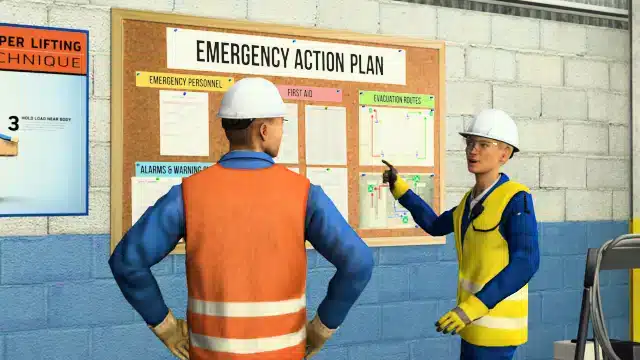
Every construction job site should have an emergency action plan
The emergency action plan is very important for keeping everyone safe during unexpected events. There can be many types of emergencies, from bad weather to accidents. A clear plan helps people know what to do, so things stay under control. This can save lives and help people avoid getting hurt. A good emergency action plan should show how to leave the site, how to talk to each other, where people need to gather, and who to call when there is a problem. Everyone should get training and practice these steps often. That way, every person knows what they need to do when something goes wrong. Putting time into this kind of plan helps create a safer working environment for everyone. It gives people something to rely on and trust when the unexpected happens.
Making sure a construction job site is safe needs a complete plan. It should have proactive steps, careful checking, and a strong promise to keep every person safe. The first step in using personal protective equipment and clear work areas be some of the key ways to keep everyone safe. Crowd control at a job site also helps lower risk. Each of these safety tips plays a big part in the safety culture.
There are more things teams do for construction site safety, including developing a site safety plan. These include looking for potential hazards, listening to the safety managers, and focusing on safety training for everyone. Keeping up with safety rules and having plans for what to do in an emergency are key. A site is better when safety is not just a rule, but when it becomes a big part of the site’s values.
When teams follow these construction site safety tips, they can help stop accidents and lower the chances of getting hurt at construction companies. This makes people feel safe to do their jobs well. In the end, if everyone uses these 12 safety tips on their construction job site, teams can get their work done and make sure all go home safe every day.
Implement fall protection measures
Putting fall protection measures in place is very important to keep construction workers safe. Falls are a top reason for fatal injuries at job sites. To lower the chance of falls, you need to set up good fall protection systems that follow the rules of the industry. This means you should use guardrails, safety nets, and personal fall arrest systems. These tools help catch workers if they fall.
You should look at these safety nets and systems often and keep them in good shape. This is to make sure they will work if needed. Also, give workers full training so they know how to use fall protection equipment the right way. When people understand why fall protection matters, the work area becomes safer.
If you put fall protection first, the construction team can cut down on accidents. This helps people stay safe and also makes a safer work environment for everyone on site.
Understanding fall hazards
Understanding fall hazards is a big part of keeping a construction site safe. Workers need to know about the safety precautions regarding the things that can cause someone to fall. These can be unprotected edges, floors that are not even, or using ladders the wrong way. Regular safety checks and looking for risks help spot problems before accidents or other types of incidents happen. When people are trained to notice and talk about things that could be dangerous, it helps build a safety culture. This way, everyone is part of the safety practices on the job.
Putting up clear signs and telling workers about safety steps for fall hazards also helps. It shows how important it is to stay aware. When a team at a construction site understands fall dangers well, they feel ready to stop accidents and keep everyone safe.
Using fall protection equipment
Using the right fall protection at work is very important for keeping construction workers safe from getting hurt. This means using good personal protective equipment like harnesses, lanyards, and the right connectors to anchor you. These are all key parts that help stop falls before they happen.
Workers need to learn how to wear and use this equipment in the right way. This helps everyone get the most out of it and be safe on the job. It’s also important to look over the fall protection gear often to find any wear or broken parts. Worn out or damaged gear can make safety weaker.
If construction teams focus on using the right equipment and follow all the safety rules, they can lower the number of falls at work. Doing this will help create a safer work environment for everyone.
Report unsafe conditions immediately
Reporting unsafe conditions right away is very important to keep a construction site safe. When workers feel free to speak up about things that can be risky, it helps everyone stay careful and responsible. A simple way to report problems means you can find and fix safety issues fast. This helps stop accidents before they can happen. Workers should learn how to spot unsafe conditions and feel safe to report them, knowing they will not get in trouble for it. This helps make sure that safety comes first. When construction teams deal with safety issues quickly, they lower the chance of workplace injuries and help keep everyone on the construction site safe and healthy.
Encouraging a culture of safety reporting
Encouraging everyone to speak up about safety helps keep the work environment safe on construction sites. A culture where people feel free to talk about safety makes a big difference. Here are some ways you can help support this culture:
- Establish Clear Reporting Procedures: Make sure all workers know who to talk to and how to tell about any unsafe conditions on the job.
- Provide Anonymous Reporting Options: Set up things like boxes for comments, so workers can talk about unsafe conditions and hazards without being worried about getting in trouble.
- Regularly Communicate Safety Expectations: Hold talks or meetings to remind everyone how important it is to speak up about unsafe conditions. Share stories that show when someone spoke up, it made things better or safer for people.
- Recognize and Reward Reporting: Thank or reward workers who tell about unsafe conditions. This helps all people see that speaking up makes things better for the team and keeps everyone safe.
- Incorporate Safety Reporting in Training: Add steps about letting someone know about unsafe conditions in every training session, so each person understands what they need to do to keep the site safe.
By building a positive safety culture, people on the job site feel open to talk about safety issues. It helps teams to spot problems early and talk about them. This way, everyone can help lower risks and stop accidents before they happen. A good approach to safety makes the job site safer for all.
The role of supervisors in addressing safety concerns
Supervisors have a big part in handling safety issues on a construction site. When they work with general contractors, their skills and leadership help make sure safety comes first. It is important that supervisors know how to spot potential hazards and take quick steps to fix them. They should do regular checks of the site, lead safety meetings, and also keep teaching workers about safety rules.
Supervisors need to keep communication open with their teams. This way, people feel free to speak up about their worries. When supervisors get involved and deal with safety issues right away, the construction site will be much safer for everyone. This gives all people working there a safer working environment.

